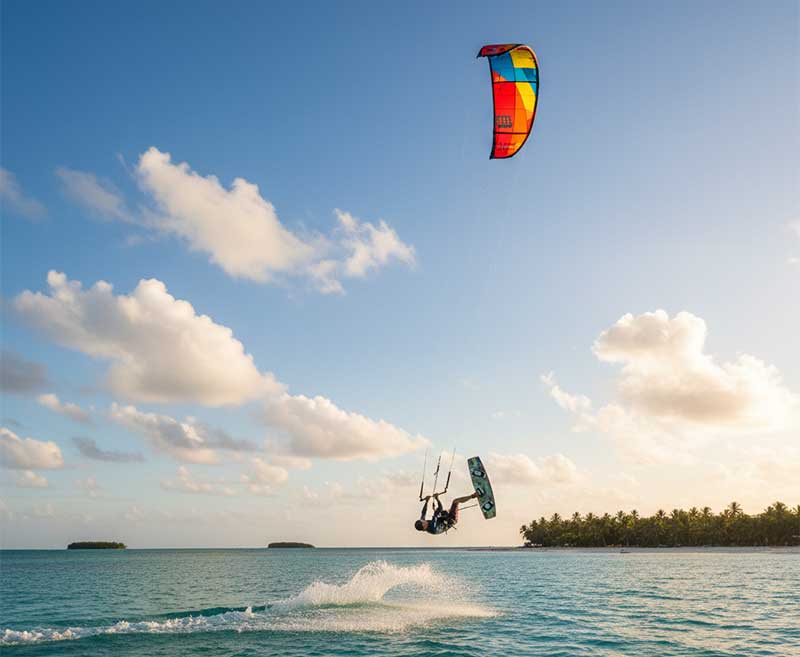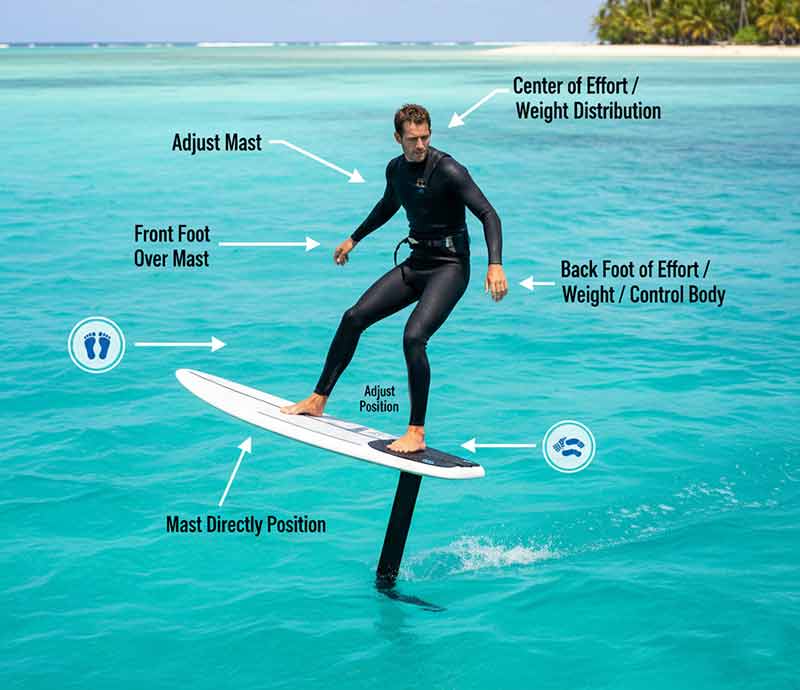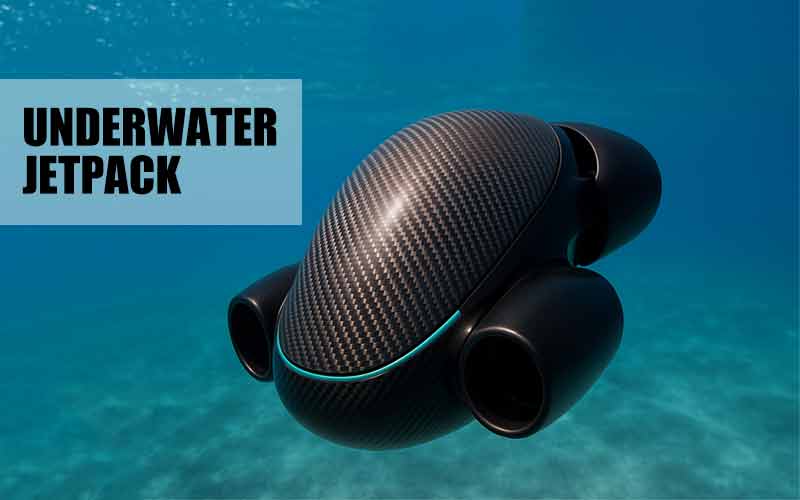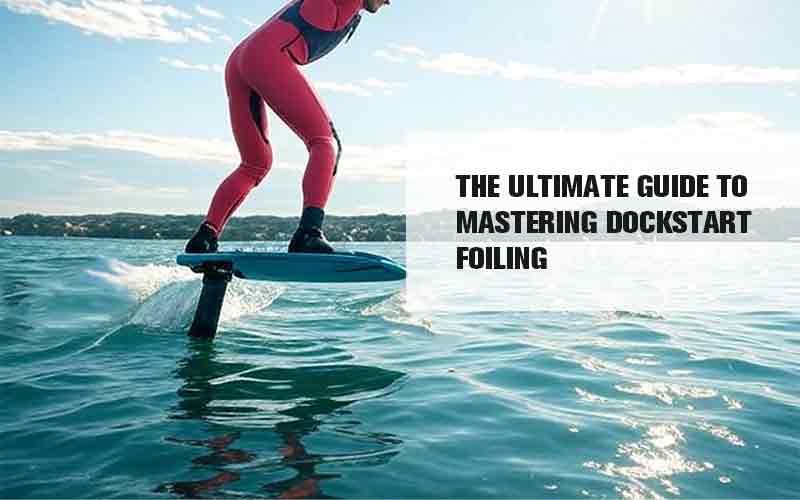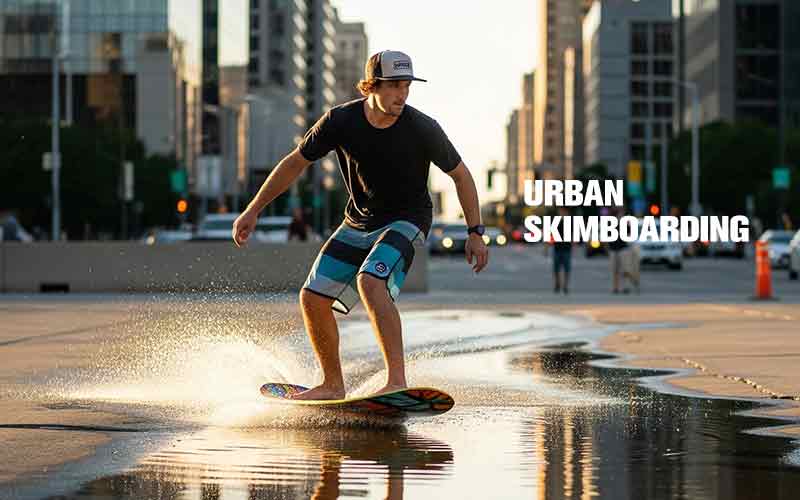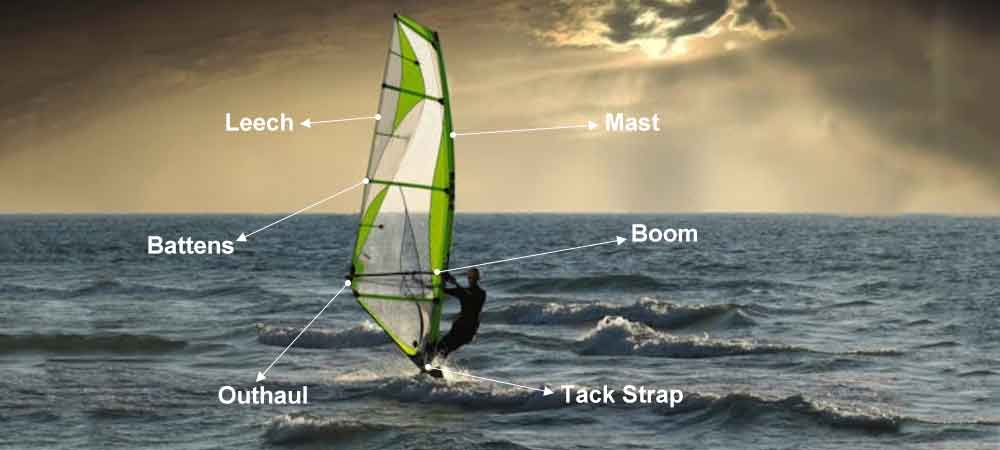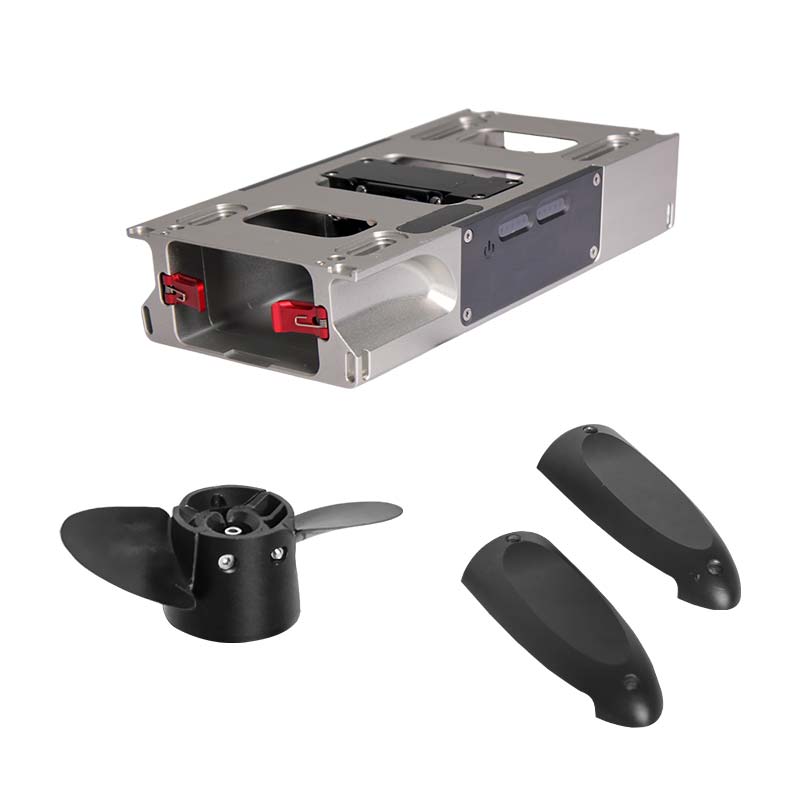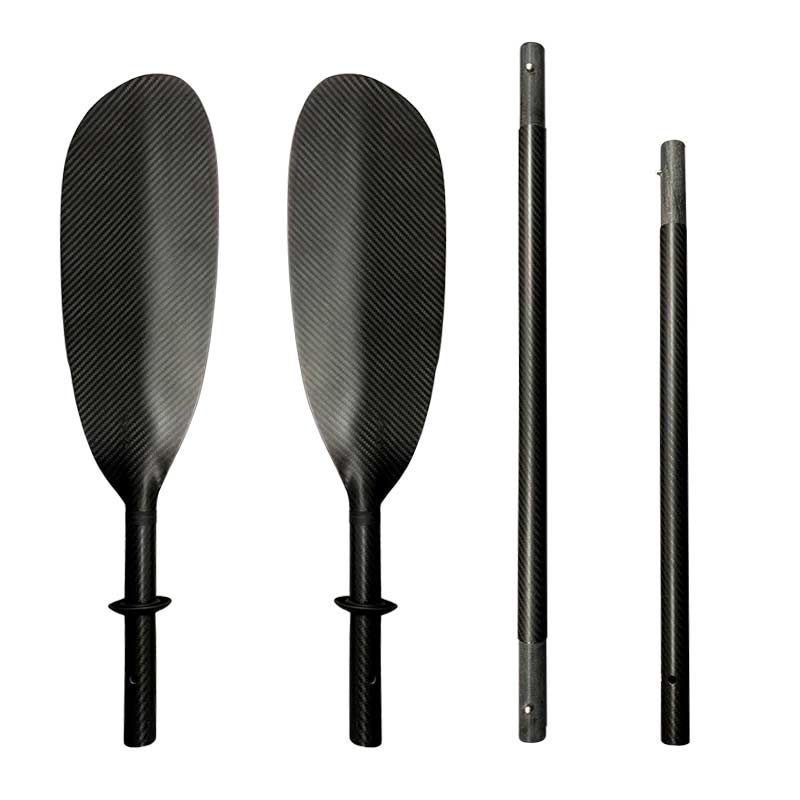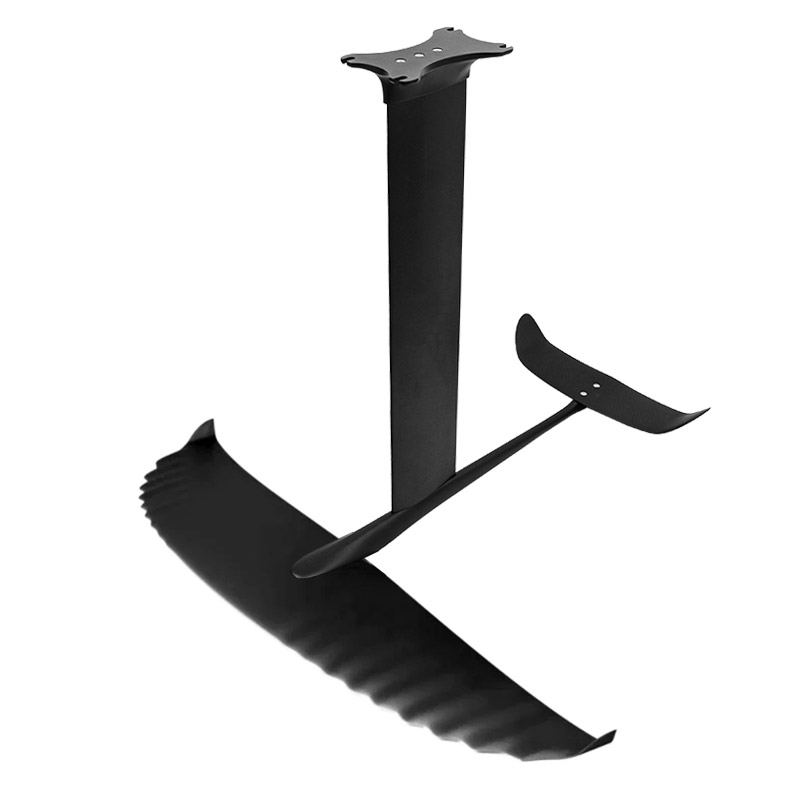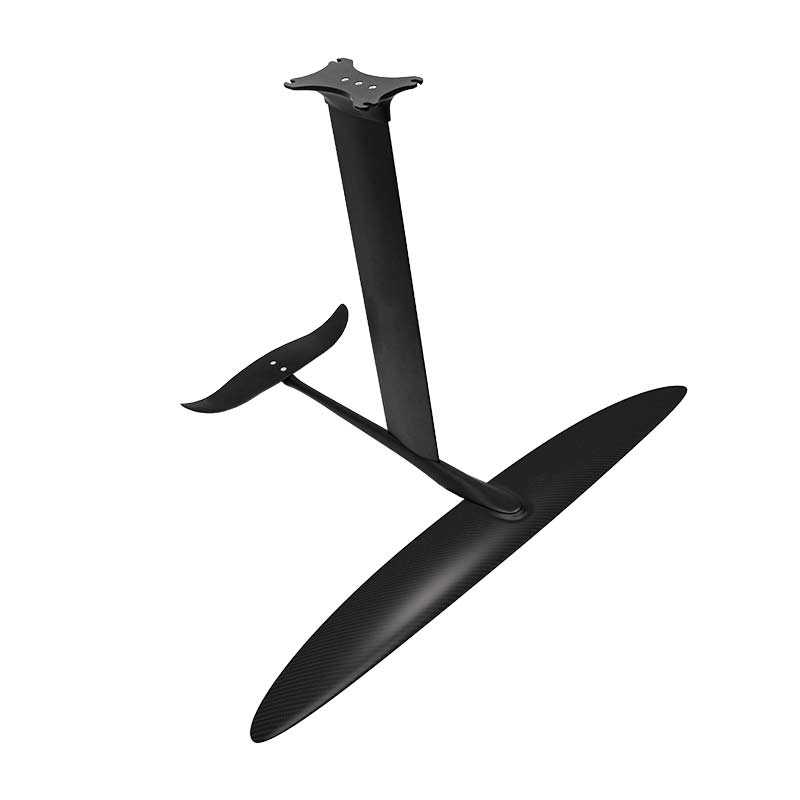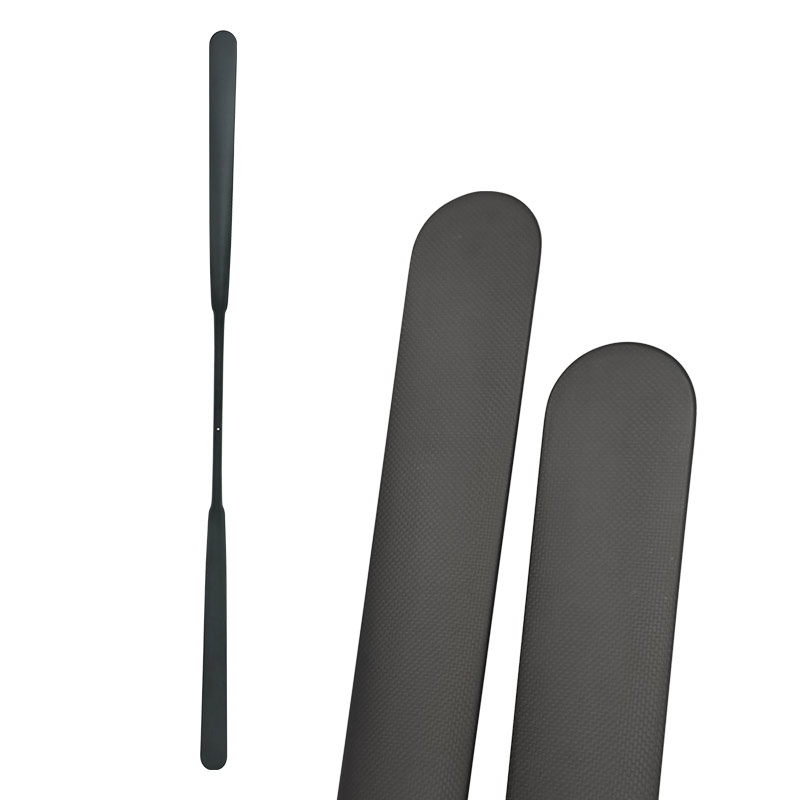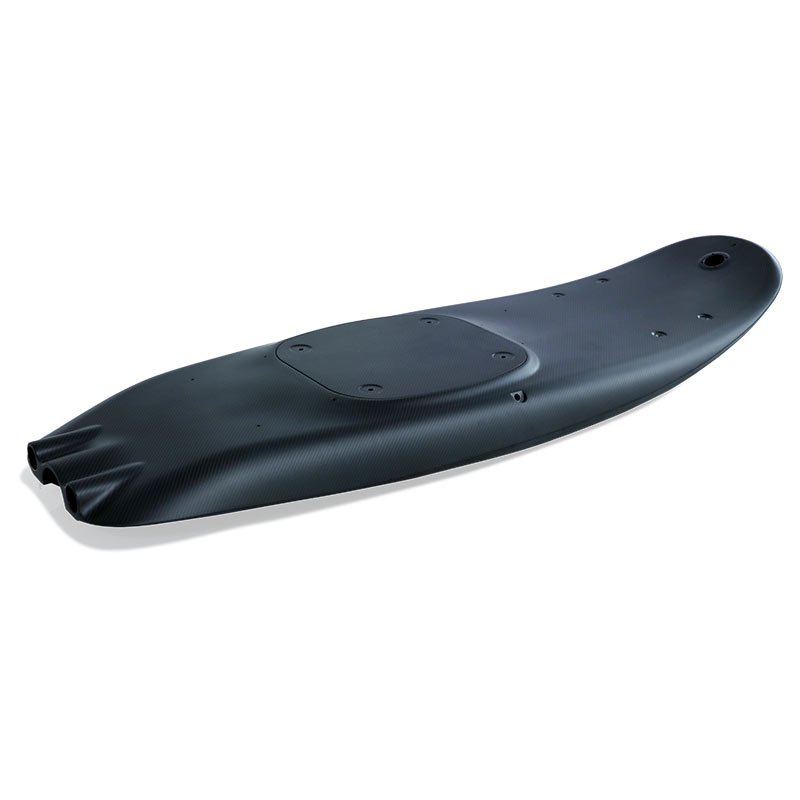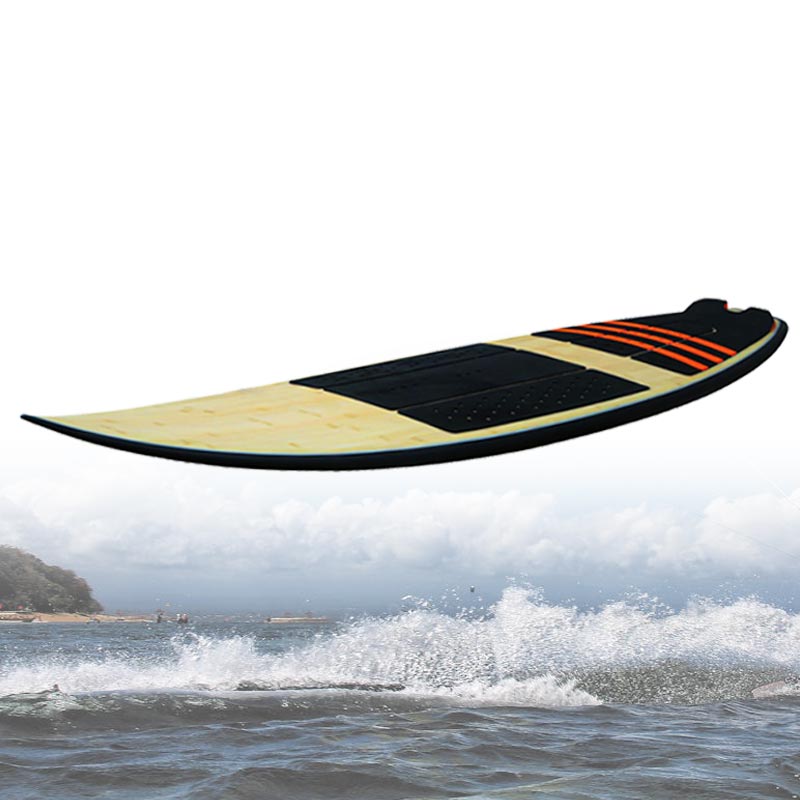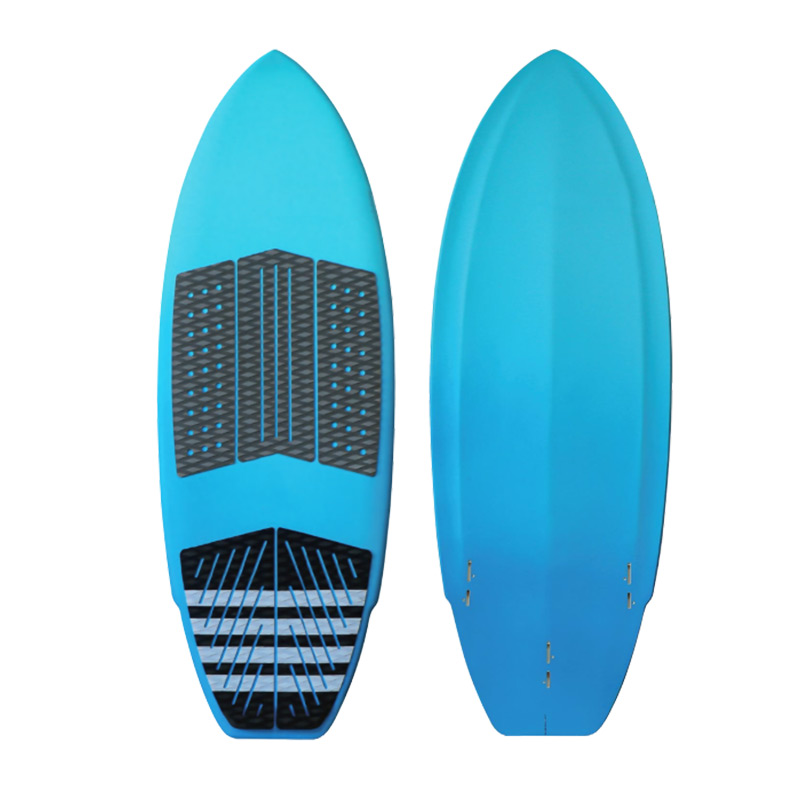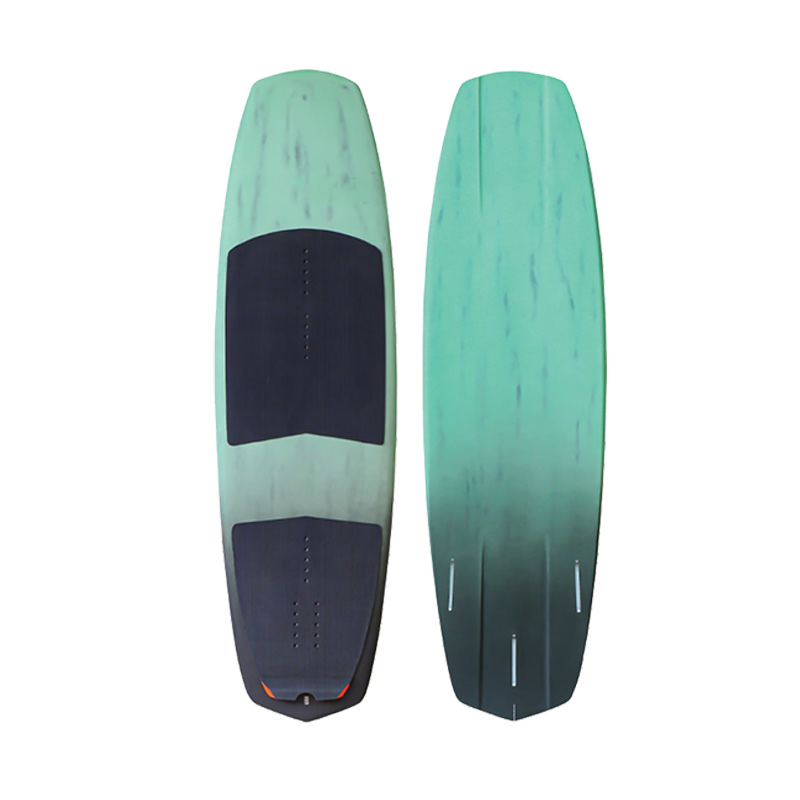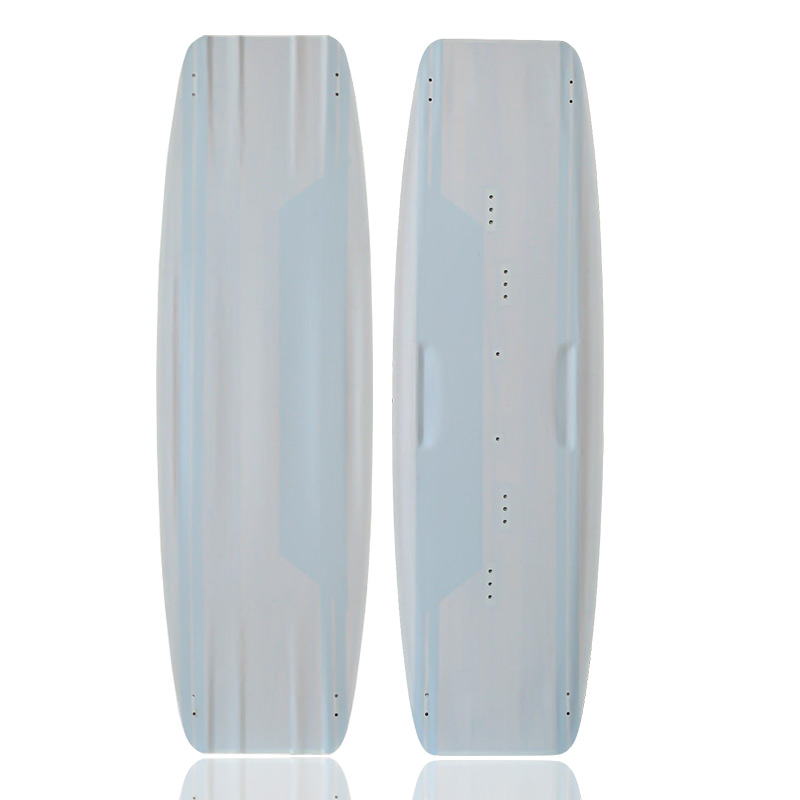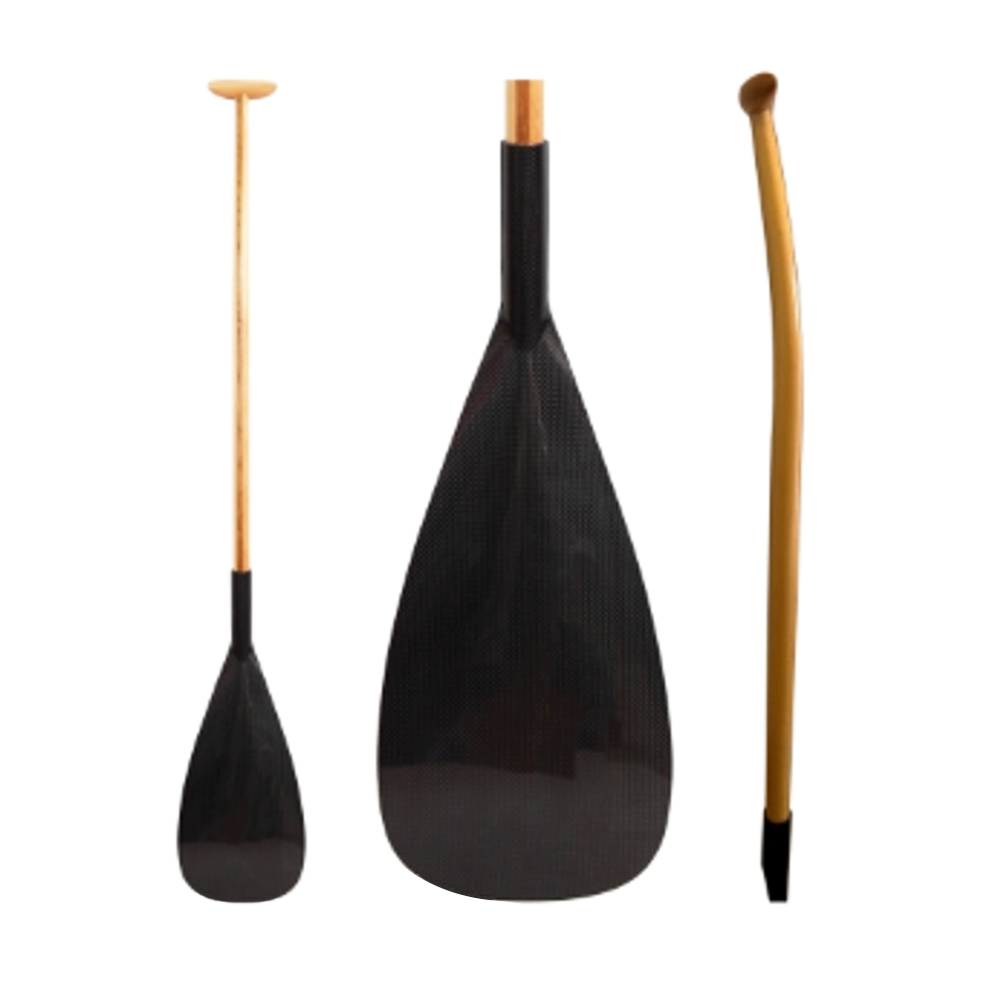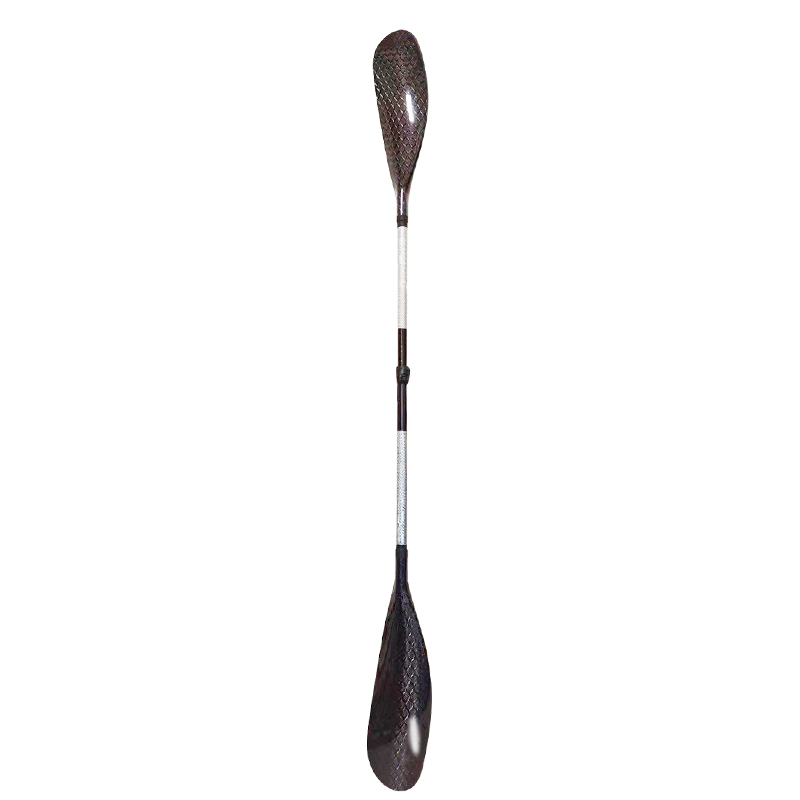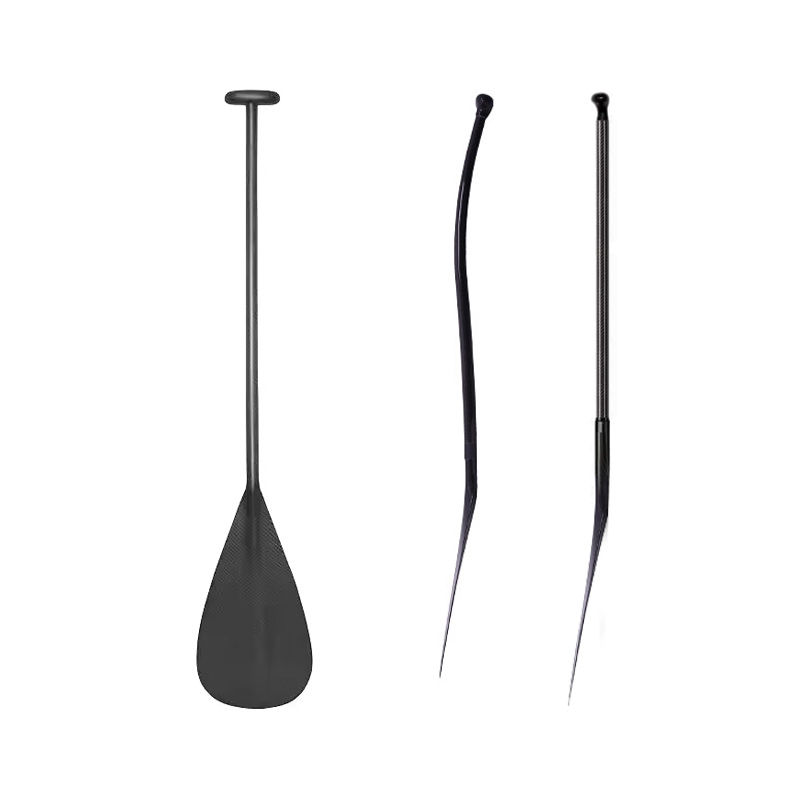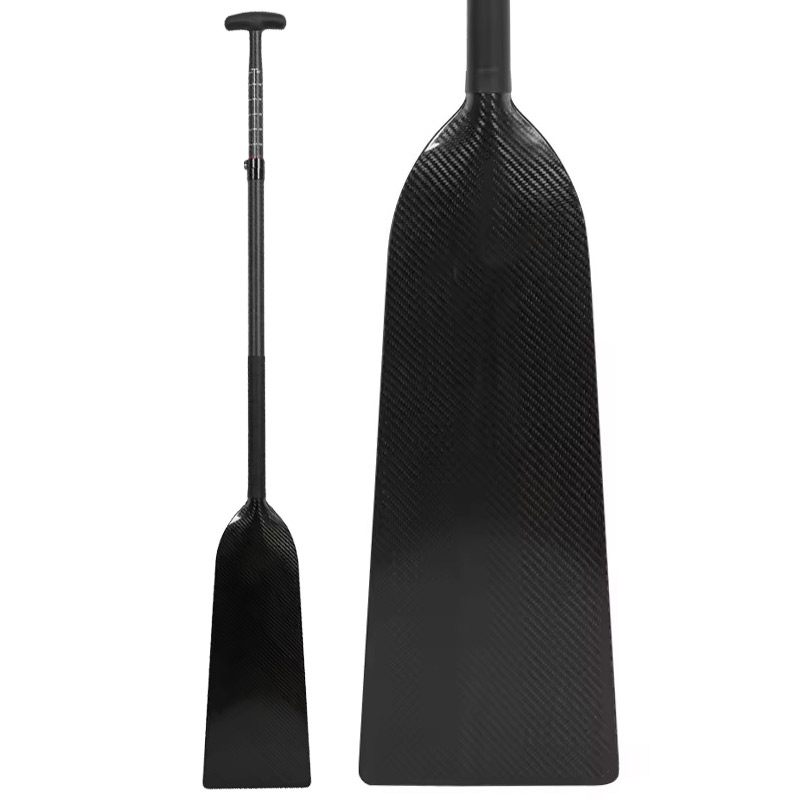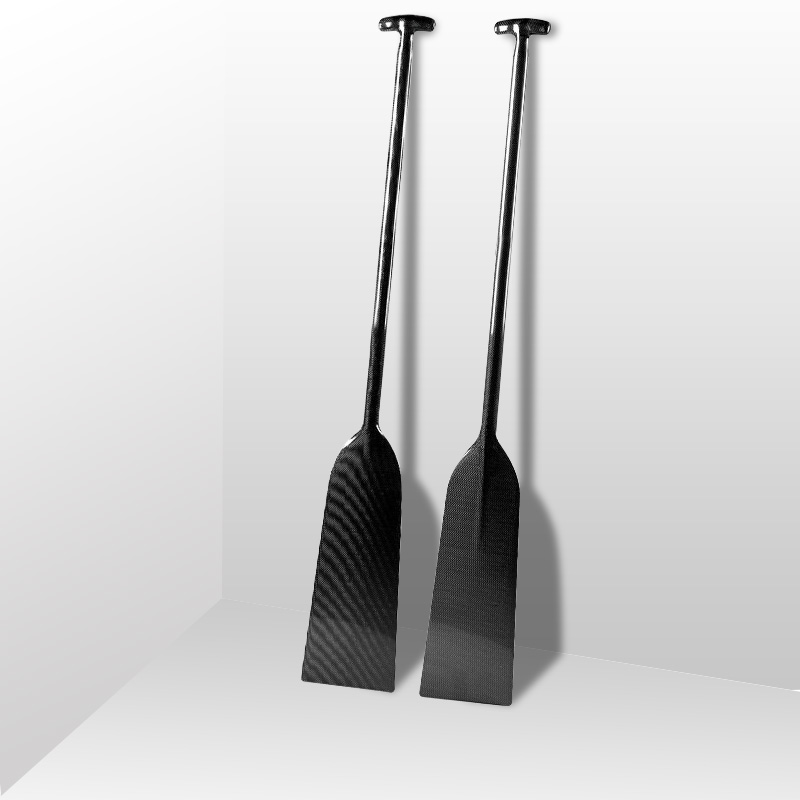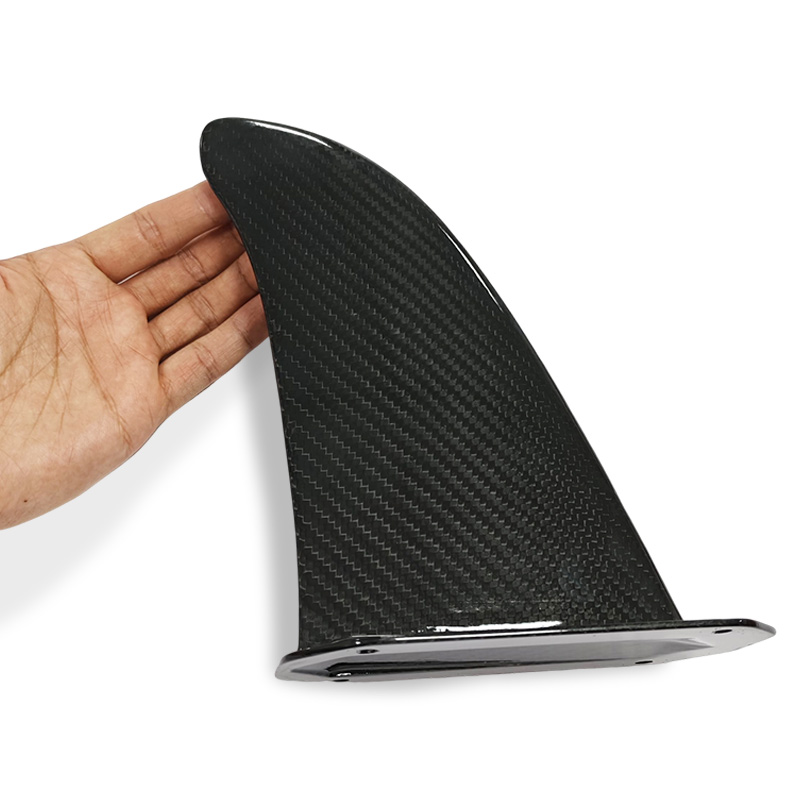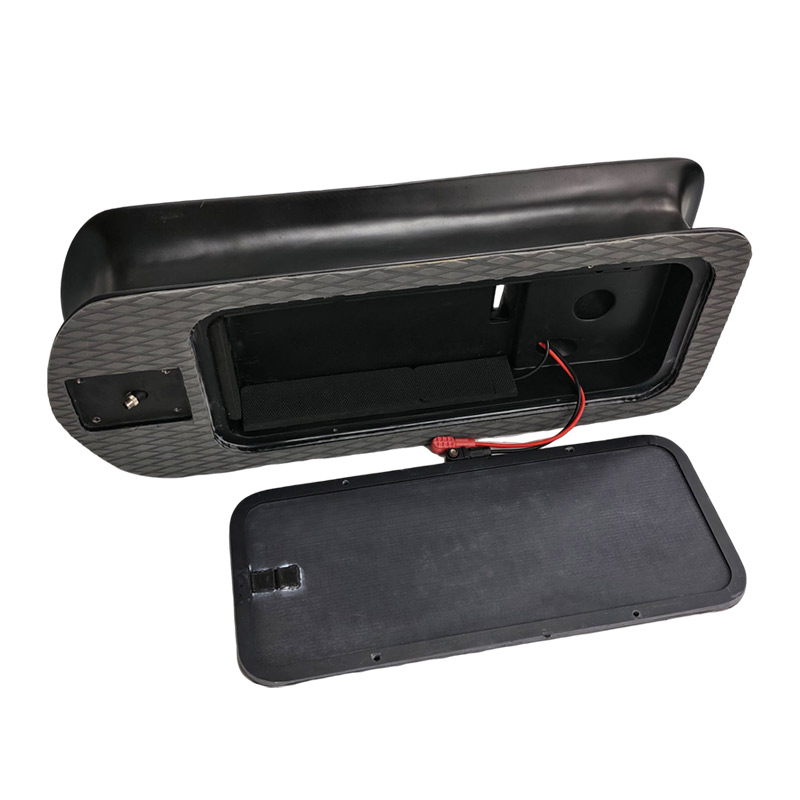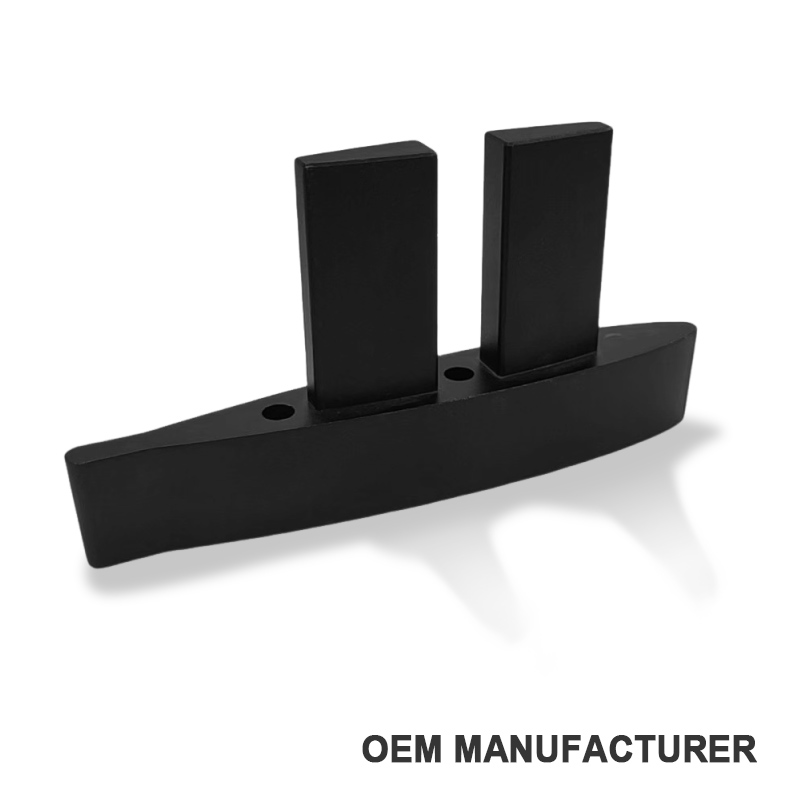Wakeboarding for beginners involves mastering the basics of balance and control, with a focus on using the right board, edge design, and fins to ensure a smooth and stable learning experience Whether you’re a complete beginner or looking to advance your skills, understanding the essential components of the sport is crucial. In this guide, we’ll cover three key elements: the wakeboard, the boat, and the rope. I hope this will help wakeboarding for beginners. If you are interested in a customized carbon fiber wakeboard, you are welcome to contact us for more details.
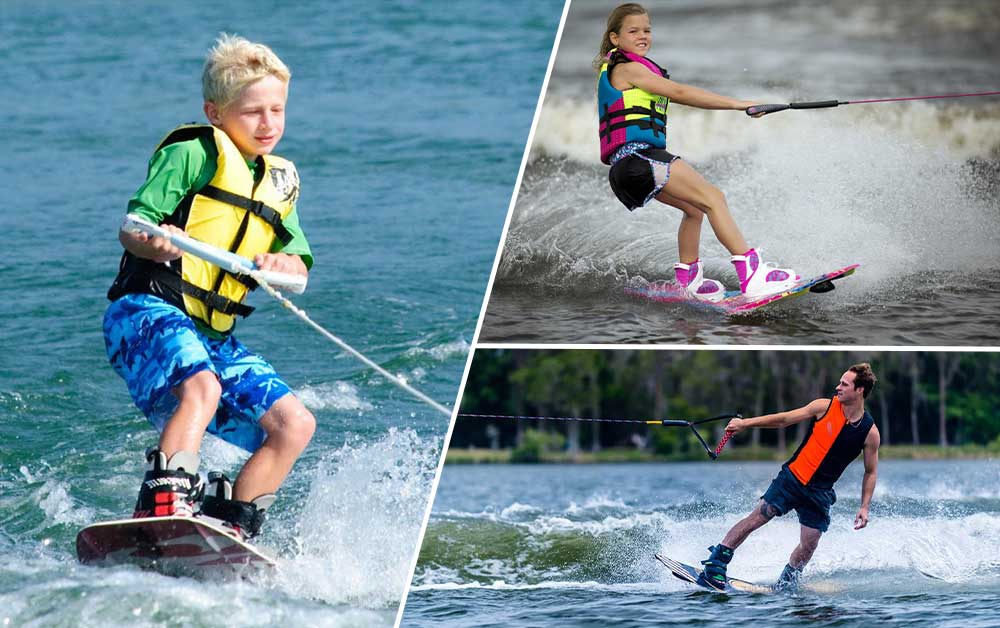
What is wakeboarding?
Wakeboarding is an exhilarating water sport that combines elements of water skiing, snowboarding, and surfing. Riders are towed behind a motorboat while standing on a buoyant board, similar to a snowboard but designed for water. As the boat speeds up, it creates a wake, which the rider uses to perform various tricks, jumps, and maneuvers. The board is typically equipped with bindings to secure the rider’s feet, allowing for better control and stability. Wakeboarding offers a unique thrill as riders glide across the water, carving turns, and catching air off the boat’s wake. It’s a sport that appeals to adrenaline seekers and is popular in lakes, rivers, and coastal areas where conditions are suitable. With advancements in equipment and techniques, wakeboarding continues to evolve, attracting enthusiasts of all skill levels. Here we will show some information on wakeboarding for beginners.
Wakeboarding for Beginners
There is an important step about wakeboarding for beginners is the device choice, here is the introduction about it.
1. Choosing the Right Wakeboard
As wakeboarding for beginners, selecting your first wakeboard is a significant decision, especially as you are a beginner. The choice of wakeboard is influenced by several factors, including the board’s thickness, edge design, and fin setup.
Thickness of Wakeboarding for Beginners
The thickness of a wakeboard plays a critical role in its buoyancy and stability. A thicker board offers better buoyancy, making it easier to glide on the water and perform tricks. This stability is particularly beneficial for beginners, as it makes the board easier to control. However, a thicker board may also feel cumbersome and less agile, which can be a disadvantage when attempting quick or complex maneuvers. The ideal thickness depends on your skill level, the type of water conditions, and the specific tricks you wish to perform.
Generally, wakeboarding for beginners should opt for a thicker board. Thicker boards offer more buoyancy, making it easier to stay afloat and get up on the water. They provide a stable and forgiving ride, which is ideal for those who are just starting out and learning the basics of balance and control.
A thicker board also helps in smoothing out the ride over choppy water, giving you more confidence as you build your skills. However, keep in mind that thicker boards might be slightly less responsive when it comes to advanced tricks and maneuvers, but this trade-off is worth it as you focus on mastering the fundamentals. As you progress, you can then explore thinner, more responsive boards that cater to a more dynamic style of riding after you are not wakeboarding for beginners.
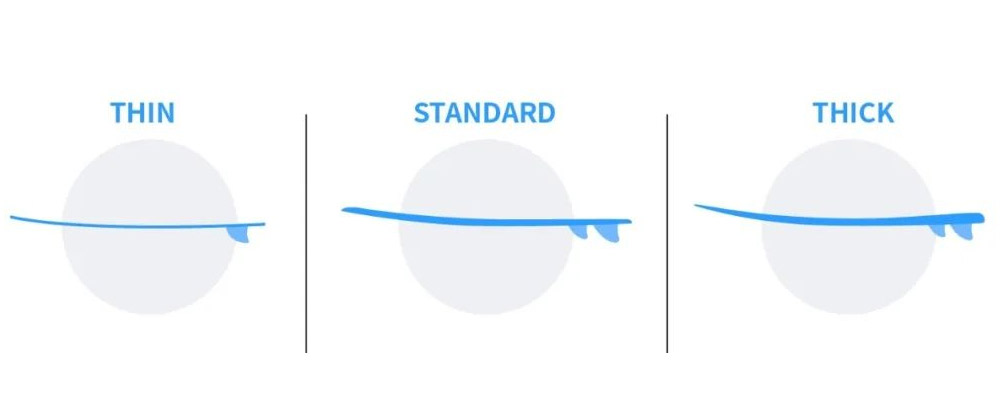
Edge Design of Wakeboarding for Beginners
The shape of the board’s edges affects how it handles and responds to the water. Each edge design has its own set of advantages and drawbacks, so selecting the one that best suits your riding style, skill level, and wave conditions is essential.
The wakeboarding for beginners and the edge design of the board play a crucial role in your learning experience. You should look for a board with rounded or softer edges.
Rounded edges are more forgiving and reduce the chances of catching an edge, which can lead to falls. This design provides a smoother, more stable ride, making it easier to focus on maintaining your balance and getting comfortable on the water.
Sharp edges, on the other hand, offer more grip and control, which is great for advanced riders looking to perform aggressive turns and tricks. However, they can be less forgiving, making them more challenging for beginners.
Wakeboarding for beginners starts with rounded edges will help you build confidence as you learn to ride. As your skills improve, you can consider transitioning to a board with sharper edges to explore more advanced techniques.

Fins for Wakeboarding
Often overlooked, fins play a crucial role in how your wakeboard rides. Different fin types can drastically alter your experience on the water, from providing better control to enhancing maneuverability. Today, many boards come equipped with high-performance fins, such as carbon fins or tool-less options, which enhance the wakeboarding experience. Here are 2 kinds for fins recommended for beginners.
The Fins of Wakeboarding for Beginners
Larger fins provide greater stability and control, which is crucial when you’re just starting. They help the board track straight in the water, making it easier to stay balanced and learn the basics of wakeboarding, like getting up on the board, carving, and riding in a straight line.
Deeper fins offer more grip, helping you maintain your direction without slipping out, especially when you’re learning to turn. This added control can boost your confidence and help you get comfortable on the board.
However, as you progress, you might want to experiment with smaller or removable fins, which allow for more freedom to perform tricks and looser, more dynamic rides. But as wakeboarding for beginners, starting with larger, deeper fins will provide the stability you need to develop your foundational skills.
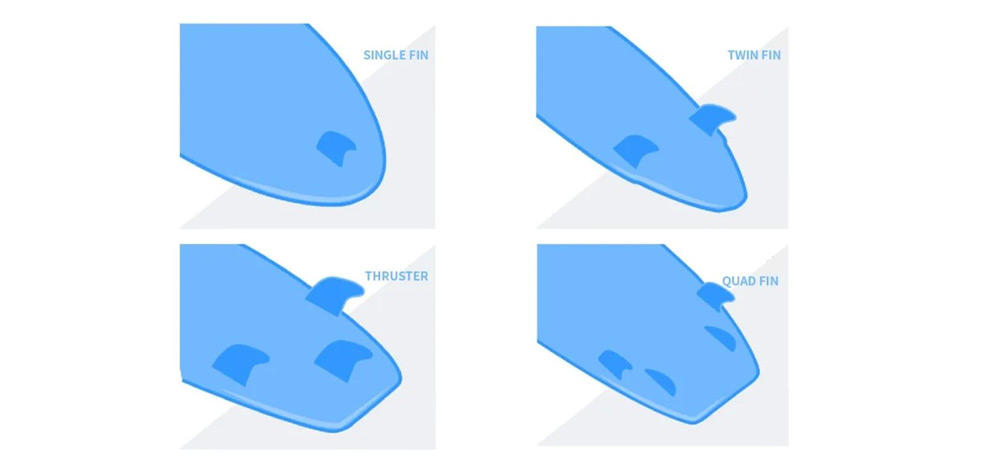
2. Wakeboarding for Beginners: Wakeboard Boat
The boat you choose is just as important as the board itself. Top manufacturers like Malibu Boats and Mastercraft Boat Company are renowned for their powerful engines and superior stability, offering an exceptional wave-riding experience.
For instance, the Malibu 23LSV is one of the most popular models in the wakeboarding community. This boat is equipped with advanced wave-making technology, such as Malibu’s patented hull design, a third-generation underwater fin for quicker starts, and a multifunctional control system with a premium sound system. These features ensure that you get the most out of your wakeboarding sessions. While purchasing such a boat can be expensive, renting one is a viable option if you’re not ready to make a big investment.
Wakeboarding for Beginners is all about mastering the basics and getting comfortable on the water. One of the most important aspects to consider is the wakeboarding boat you’re using. A good wakeboarding boat creates a clean, consistent wake, which is essential for learning how to ride and perform basic maneuvers. The boat’s speed, wake size, and stability all play a role in helping beginners gain confidence and improve their skills. Starting with the right equipment, including a beginner-friendly wakeboarding boat, can make all the difference in your learning experience.
3. The Right Rope
Lastly, don’t underestimate the importance of choosing the right wakeboarding rope. A longer rope gives you more space and time to perform tricks, while a shorter rope offers better control and stability, making it ideal for beginners. It’s recommended to choose a durable, adjustable rope from trusted brands like Radar Skis or O’Brien Watersports to ensure safety and performance.
In wakeboarding for beginners, the rope plays a significant role in your learning experience. When selecting a wakeboard rope, a shorter rope length is recommended, typically around 55 to 65 feet. This brings you closer to the boat, where the wake is smaller and more manageable, making it easier to maintain balance and control.
Additionally, a low-stretch or no-stretch rope is ideal for wakeboarding for beginners. This type of rope provides a consistent pull, which helps you maintain a steady ride without unexpected jolts or slack, allowing you to focus on getting up on the board and staying upright.
Using the right rope can make a big difference in your progression as a beginner, helping you build confidence and develop the fundamental skills needed for wakeboarding.
Advanced Wakeboarding Techniques
Once you’ve mastered the basics, it’s time to explore some advanced wakeboarding tricks. With consistent practice and experience, you can elevate your wakeboarding skills and become proficient in various maneuvers. Here are a few common tricks to get you started:
- Pumping: This is an essential skill for accelerating on the wave and is a prerequisite for learning other tricks.
- Floater: A technique where you glide smoothly on top of the wave, showcasing graceful and fluid movements.
- Knee Down/Two Knee Down: Riding on the board with one or both knees down.
- Hang 5: Extending your front foot as far as possible over the front of the board, earning higher scores in competitions based on the distance between your front and back feet.
- Air: Jumping off the wave with the nose of the board, landing tail-first, while keeping the nose forward.
- Airs Grab: Grabbing the board while performing an air trick.
- Slash Carve: A wave-cutting technique where you perform a turn while sharply cutting the board’s tail into the wave, making the move look aggressive and smooth.
- 360: A full 360-degree spin with the board.
- Lipslide: Sliding along the wave’s edge using the board’s tail.
- Boardslide: Sliding sideways along the wave’s edge.
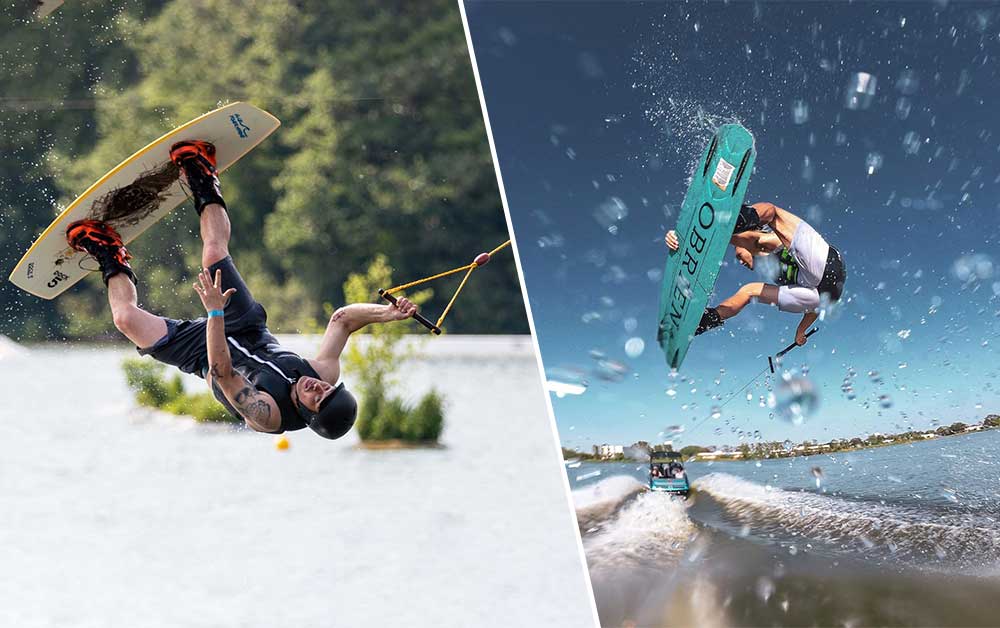
Wakeboarding Events
Participating in Wakeboarding Events can be a thrilling experience, even if you’re just starting out with Wakeboarding for Beginners, as these events often feature beginner-friendly categories and offer a great opportunity to learn from more experienced riders.
Official Organization Events:
- IWWF (International Waterski & Wakeboard Federation):
The IWWF is a global organization dedicated to water sports, including wake surfing and various other water-related competitions and activities. Its mission is to promote water sports and provide opportunities for enthusiasts worldwide to participate in events at different levels. - WWA (World Wake Association):
The WWA is focused on water sports competition, with wake surfing being one of its key areas of interest. The organization is committed to the development of wakeboarding and other water sports, offering top athletes the chance to compete in global competitions. - CWSA (Competitive Wake Surf Association):
The CWSA is dedicated to making it easier for athletes and wake surfing enthusiasts worldwide to participate in competitions. The association’s mission is to continue promoting wake surfing globally by organizing events that foster growth in the sport and maintaining strong relationships within the wake surfing community. It is actively involved in establishing competition rules, guidelines, and scoring methods to further the development of this exciting sport. - WSL (World Surf League) World Tour:
The WSL World Tour is one of the most renowned and influential surfing competitions globally. Each year, top surfers compete in a series of events, including those held on Australia’s Gold Coast and Hawaii’s Oahu Island.
Brand-Sponsored Events:
- World Wake Surfing Championship:
Sponsored by Centurion Boats, this annual international competition is held in Lake Elsinore, California, USA. It brings together top wake surfers from around the world and features various categories, including men’s, women’s, youth, and senior divisions. - Supra Boats Pro Wakeboard Tour:
This is a series of wake surfing competitions sponsored by Supra Boats, held in multiple cities across the USA and Canada. The tour attracts top athletes and coaches, offering competitions in men’s, women’s, and team categories. - Nautique WWA Wakeboard World Championships:
Another globally recognized competition sponsored by Nautique Boats, this event draws numerous international competitors and features men’s, women’s, and youth divisions.
In addition to these, many other competitions, such as the “Red Bull Wake Open,” “Pro Wakeboard Tour,” and “Wake the Desert,” attract large numbers of participants and spectators. These events fuel the passion for wake surfing and drive the sport’s growth.
In Conclusion
Wakeboarding for beginners involves mastering the basics of balance and control, with a focus on selecting the right equipment, such as the wakeboard, boat, and rope, to ensure a smooth and stable learning experience. Understanding these essential components is crucial, whether you’re a complete novice or looking to advance your skills. In this guide, we’ll discuss the key aspects of wakeboarding for beginners, including how to choose the appropriate board thickness, edge design, and fins to enhance your performance. Additionally, we’ll cover the importance of a reliable wakeboarding boat and the ideal rope length and type for beginners. I hope this guide will be helpful for those new to wakeboarding. If you’re interested in a customized carbon fiber wakeboard, feel free to contact us for more details.

